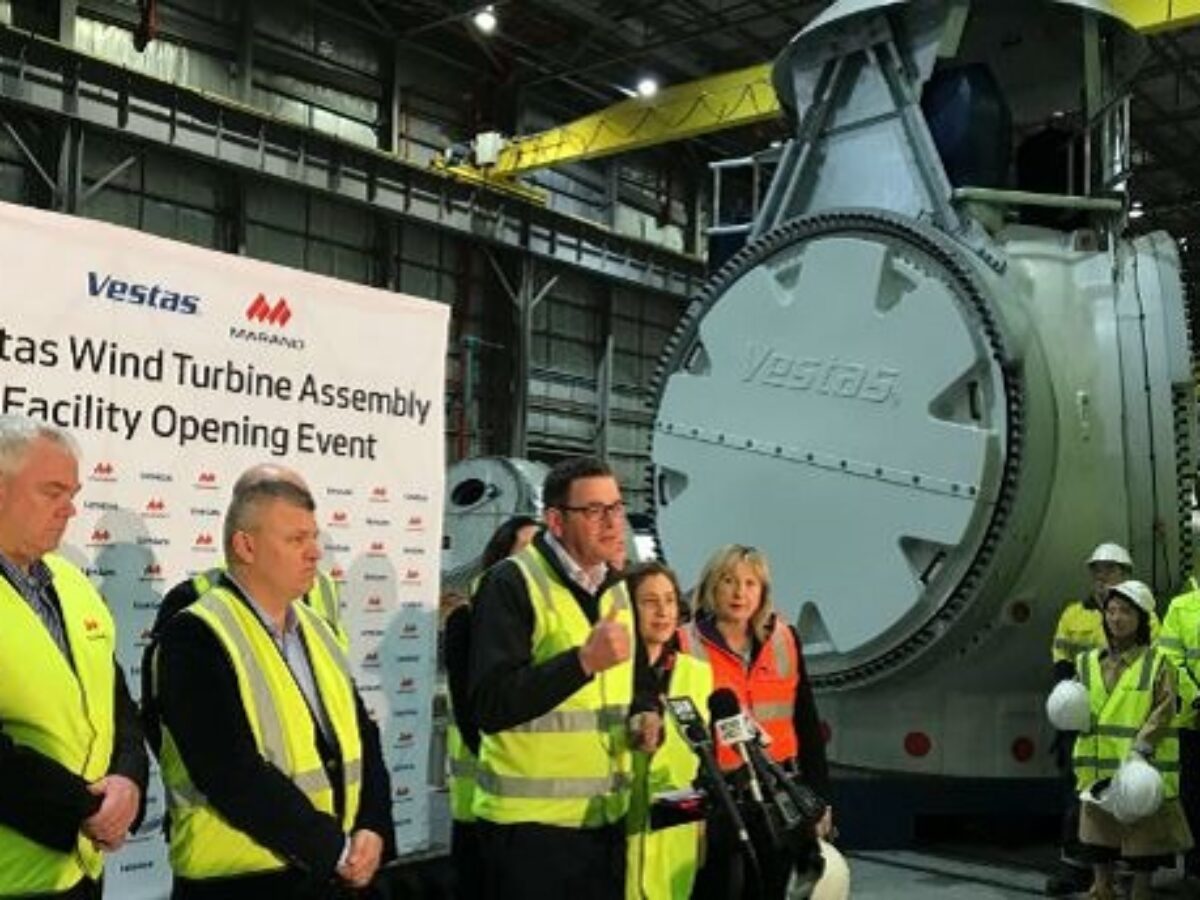Albanese cuts energy rises, stimulates industry at the same time

By Peter Roberts
Manufacturing industry is not going to see any relief to current high energy prices following a week of meetings and announcements that revealed how the Albanese government is taking back some control of energy markets.
But it will benefit from moderation of future rises and, surprisingly, a new mechanism that could align state and federal procurement strategies to stimulate local production of renewable energy generations equipment and systems.
We produce little of the critical components of wind farms and solar arrays, and linking the stimulation of investment that is inherent in Albanese’s plans to local manufacturing has great potential – but more of that later.
Starting at the beginning, in October the federal government signed a Heads of Agreement that is to bring in 157 petajoules of additional supply to the east coast market.
Then on Thursday a meeting of energy ministers agreed on an energy ‘capacity mechanism’ which will pay renewable energy producers to boost electricity supply at a moment’s notice.
The mechanism aims to modernise the electricity grid and stimulate an estimated $10 billion in new investment in renewable generation and dispatchability.
Coal and gas are excluded from the mechanism – they are finally recognised as not only dangerously polluting, but more expansive compared to renewables.
Then the states and federal government energy moved to work together with the same goal of decarbonising the economy.
And on Friday came the cherry on the cake – National Cabinet met and agreed to intervene to cap the booming price of coal and gas.
Federal Parliament will be recalled to pass legislation for a code of conduct for a period of 12 months capping gas prices at $12 a gigajoule.
Coal price caps will follow later.
None of these landmark agreements will unwind the price increases manufacturers and consumers are currently enduring, but they will reduce future price rises which Treasurer Jim Chalmers had estimated to be an average of 20 percent by December and 30 percent in 2023-2024 due to by fallout from Russia’s invasion of Ukraine.
And they set Australia on a course of declining wholesale generation and transmission costs which Canberra estimates will fall by two thirds from 2022 levels within the next 10 years.
But back to manufacturing – the states and Canberra have agreed to work together on the sourcing of the solar, wind, battery and other equipment such as green hydrogen electrolysers, as well as the further processing of minerals critical to renewables supply chains, we are going to need.
This could see procurement strategies united across federal and state levels, helping to take the risk, and increase the upside of investment in local processing and component manufacturing.
The federal government’s renewables target will triple deployment of such equipment in the years to 2030, providing potentially huge demand on equipment manufacturers.
First movers such as Fortescue Future Industries and existing suppliers such as Tindo Solar as well as those who do some local manufacturing such as Vestas (pictured) should be immediate beneficiaries.
Further reading:
ALBANESE TALKS UP PUTTING A CAP ON COAL AND GAS PRICES
NATIONAL CABINET AGREES TO PROVIDE ENERGY PRICE RELIEF
Picture: Advanced Fibre Cluster/Vestas/Marand Precision Engineering renewable energy hub opening in Geelong, Victoria
@aumanufacturing Sections
Analysis and Commentary Awards Defence Manufacturing News Podcast Technology Videos










